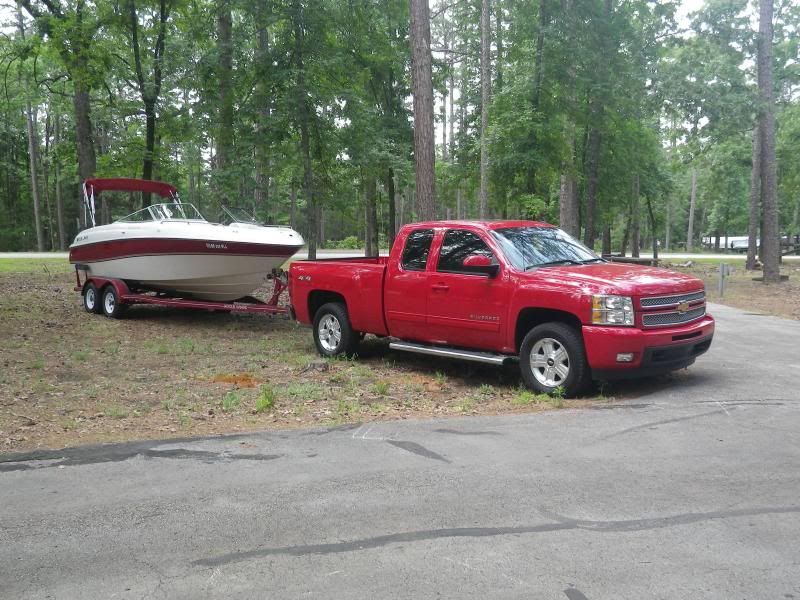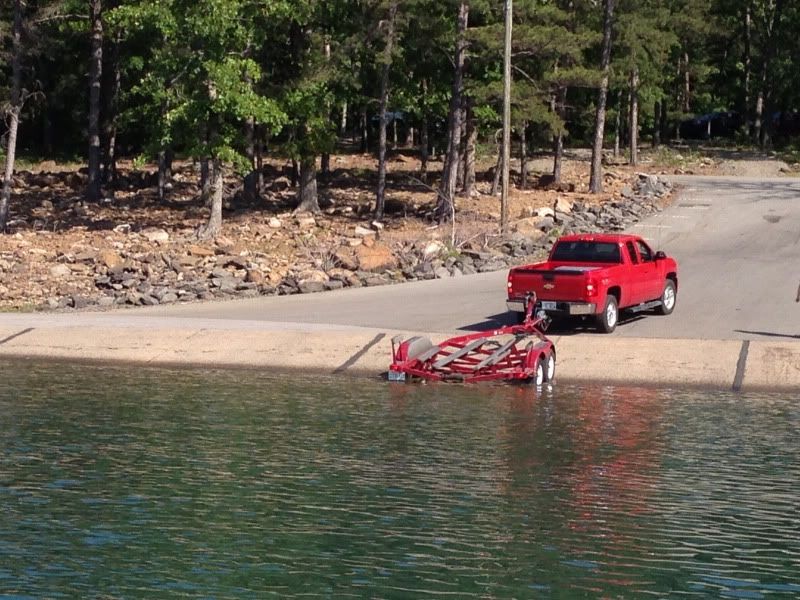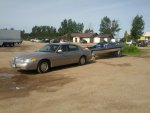Vegas Naturist
Petty Officer 3rd Class
- Joined
- Sep 15, 2011
- Messages
- 81
Re: What do you pull your boat with?
Ummm, not exactly. The DPF and DEF systems are separate systems and perform completely different functions, and one does not effect the function of the other. In diesel exhaust, there are two things that need to be cleaned up in order to meet the new EPA requirements. Particulates (solids, think soot) and gases (primarily NoX).
The DPF traps the solids in a ceramic honycomb section. This will eventually increase the exhaust back pressure and the DPF clogs. When the back pressure reaches a specific parameter, the ECM commands a regeneration. It injects raw fuel into the exhaust stream. This raw fuel contacts a special metal coated plate, which through a chemical reaction, generated super high heat (upwards of 2,000 deg), like the end of a burning cigar. This incenerates the solids into ash, which stays trapped in the honycomb. Eventually, the DPF must be dismantled and the ash removed via a special process off the vehicle. On heavy duty diesels this happens +/- 70k miles.
The DEF system is used to remove the gases. DEF (urea and purified water) is constantly injected in to the exhaust stream and contacts another specially coated plate that is similar to a pipe with tiny holes. Another chemical reaction takes place and converts the NoX into nitrogen and water vapor. You will use 1% to 3% DEF per gallon of fuel depending on certian variables.
The increase in fuel economy is not directly related to either system. Hardware and software upgrades is more responsible for increased fuel economy to compensate, and to meet .gov standards. They are metering fuel darn near at a molecular level on the most modern engines.
John
The DEF injection reduces the need for regeneration (heating exhaust with fuel) by as much as 90%, thus the increase in MPG by not wasting fuel.
Ummm, not exactly. The DPF and DEF systems are separate systems and perform completely different functions, and one does not effect the function of the other. In diesel exhaust, there are two things that need to be cleaned up in order to meet the new EPA requirements. Particulates (solids, think soot) and gases (primarily NoX).
The DPF traps the solids in a ceramic honycomb section. This will eventually increase the exhaust back pressure and the DPF clogs. When the back pressure reaches a specific parameter, the ECM commands a regeneration. It injects raw fuel into the exhaust stream. This raw fuel contacts a special metal coated plate, which through a chemical reaction, generated super high heat (upwards of 2,000 deg), like the end of a burning cigar. This incenerates the solids into ash, which stays trapped in the honycomb. Eventually, the DPF must be dismantled and the ash removed via a special process off the vehicle. On heavy duty diesels this happens +/- 70k miles.
The DEF system is used to remove the gases. DEF (urea and purified water) is constantly injected in to the exhaust stream and contacts another specially coated plate that is similar to a pipe with tiny holes. Another chemical reaction takes place and converts the NoX into nitrogen and water vapor. You will use 1% to 3% DEF per gallon of fuel depending on certian variables.
The increase in fuel economy is not directly related to either system. Hardware and software upgrades is more responsible for increased fuel economy to compensate, and to meet .gov standards. They are metering fuel darn near at a molecular level on the most modern engines.
John




























